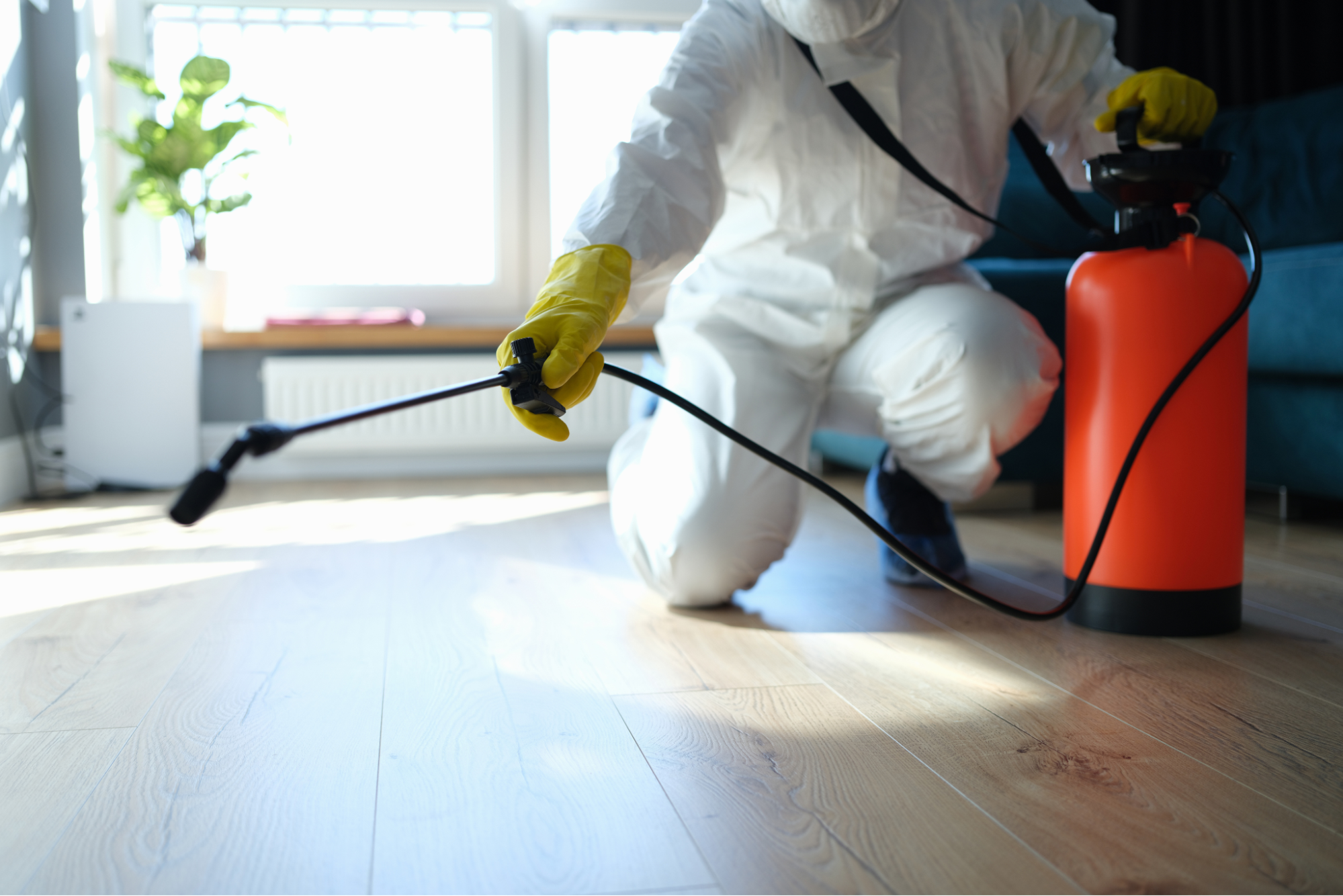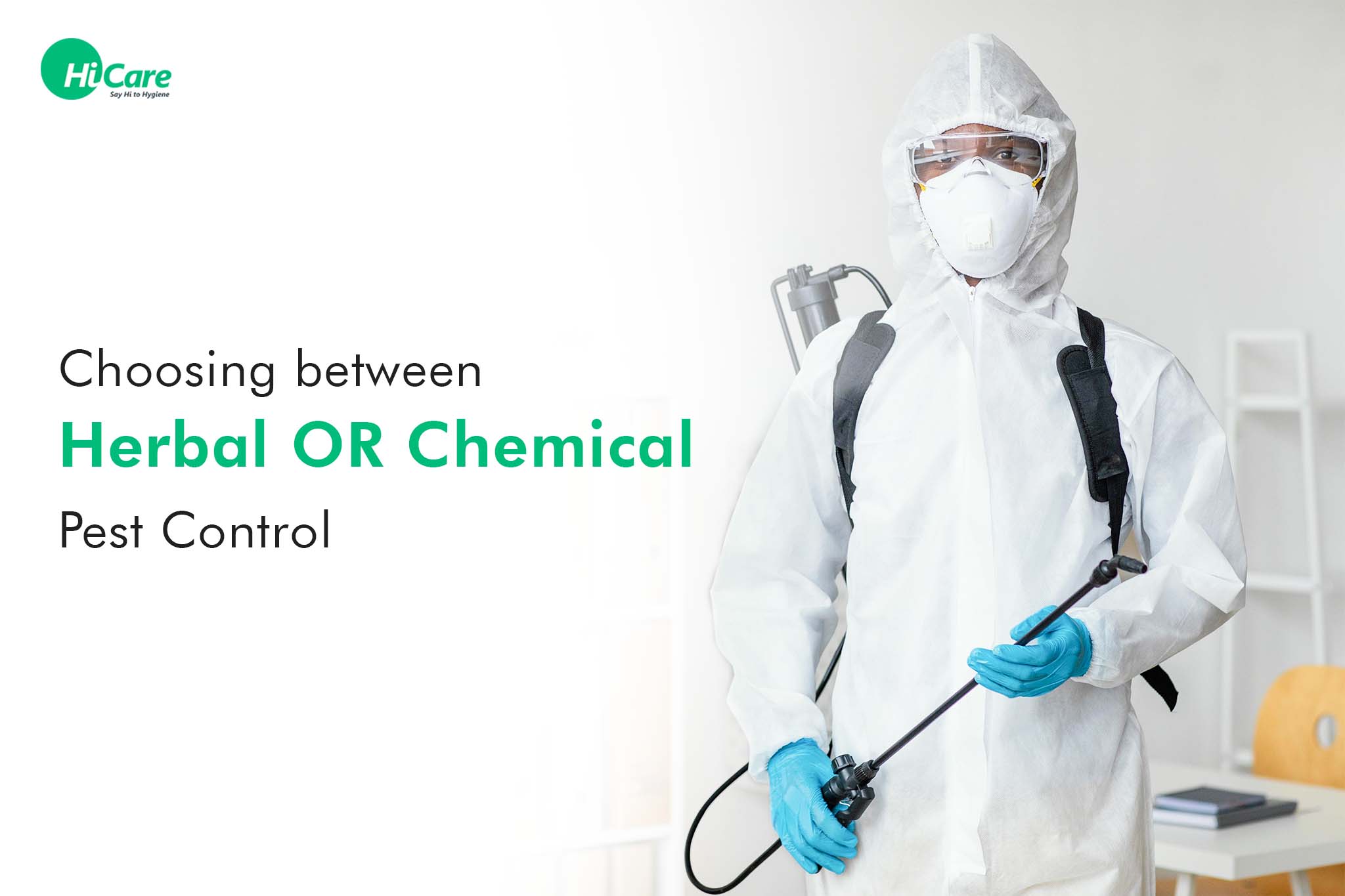Relied On A1 Exterminator Charlotte NC - Comprehensive Pest Solutions
Relied On A1 Exterminator Charlotte NC - Comprehensive Pest Solutions
Blog Article
Bed Insect Treatment Failure: Contrasting Chemical Vs. Non-Chemical Solutions
In the realm of bug control, specifically when dealing with the consistent concern of bed bugs, the selection in between chemical and non-chemical treatment options can be a pivotal one. Both strategies use distinctive benefits and disadvantages, influencing variables such as efficiency, security considerations, and total price. By taking a look at the nuanced information of each approach, a clearer understanding of which course to go after in resolving a bed pest problem can be acquired.
Performance of Chemical Treatments
Chemical treatments for bed pest invasions have actually been widely identified for their quick and potent effectiveness in eliminating these parasites. When thinking about the performance of chemical therapies, it is essential to comprehend that they can provide a thorough and fast service to a bed pest problem.
Moreover, chemical treatments have the benefit of offering recurring results, implying that they can proceed to remove bed pests even after the preliminary application. This residual activity is especially helpful in combating any type of prospective re-infestations. Furthermore, the fast action of chemical treatments can bring alleviation to people encountering severe bed pest problems, permitting them to regain control of their space rapidly.
Safety And Security Worry About Chemical Solutions
One crucial aspect that needs cautious factor to consider when using chemical solutions for bed insect therapy is ensuring the safety and security of occupants and the environment. Exposure to certain chemicals made use of in bed pest treatments can lead to breathing issues, skin irritability, or various other damaging reactions, especially in people with pre-existing conditions or level of sensitivities.
Additionally, the ecological effect of chemical remedies is one more substantial factor to consider. Some pesticides made use of in bed insect therapies might be unsafe to valuable bugs, wildlife, and ecosystems if they seep right into the soil or water supply. It is vital to utilize chemical therapies sensibly, adhering to safety and security guidelines, and thinking about much less hazardous options to minimize these threats and make certain the reliable and risk-free monitoring of bed pest invasions.
Benefits of Non-Chemical Techniques
Considering the prospective safety concerns and environmental influence connected with chemical services for bed bug treatment, checking out non-chemical techniques offers an encouraging choice with numerous distinct benefits. Non-chemical methods use a much safer choice for families, specifically those with animals, people, or youngsters delicate to severe chemicals. These techniques eliminate the threats of exposure to toxic compounds, reducing the potential for unfavorable health and wellness results. Furthermore, non-chemical therapies are eco-friendly, as they do not add to air or water pollution, making them a lasting selection for bug control.
In addition, non-chemical services can be effective in targeting bed insects, including hard-to-reach areas where chemical treatments might not pass through. Approaches such as warmth therapy, vacuuming, steam i thought about this cleaning, and bed mattress coverings supply detailed obliteration without making use of dangerous chemicals. In addition, non-chemical methods can be much less turbulent, calling Web Site for very little prep work and enabling quicker reentry into dealt with locations. On the whole, selecting non-chemical bed insect treatment techniques not only prioritizes safety and security and ecological defense but likewise guarantees comprehensive and efficient parasite control.
Limitations of Non-Chemical Treatments

Additionally, non-chemical treatments often need multiple applications to achieve successful eradication. This can be taxing and may not constantly ensure complete elimination of all bed bugs and their eggs, specifically in covert or hard-to-reach places.
Additionally, the success of non-chemical treatments greatly relies on proper application and thoroughness, which can be testing for people without professional experience. Poor application of non-chemical techniques may result in insufficient eradication, resulting in consistent problems and the demand for extra treatments.
For that reason, while non-chemical therapies have their benefits, it is vital to recognize these restrictions and consider them when establishing one of the most effective technique for managing bed bug infestations.
Cost Comparison: Chemical Vs. Non-Chemical Options
Offered the constraints related to non-chemical therapies, an important facet to review in the context of bed insect monitoring is the cost contrast in between chemical and non-chemical options. Chemical therapies typically entail the application of pesticides by experts, which can range from $250 to $900 per area, depending upon the extent of the problem and the size of the area to be treated. In comparison, non-chemical treatments like warm therapy or steam can be much more costly, with expenses varying from $1,000 to $6,000 for an entire home. While the first price of chemical treatments might appear lower, several treatments may be required to fully remove the invasion, potentially increasing the total expense. On the various other hand, non-chemical choices may provide a more sustainable and environmentally friendly service, although they can be cost-prohibitive for some individuals. Eventually, when considering the cost of bed bug treatment options, it is essential to evaluate the ahead of time expenses against the performance and lasting sustainability of the pest control needed selected method.
Conclusion

Taking into consideration the potential safety issues and ecological effect connected with chemical solutions for bed insect treatment, exploring non-chemical techniques provides an encouraging alternative with a number of unique benefits.Offered the restrictions linked with non-chemical therapies, an essential facet to examine in the context of bed pest monitoring is the price comparison in between chemical and non-chemical choices. In contrast, non-chemical treatments like warm treatment or heavy steam can be more costly, with prices varying from $1,000 to $6,000 for a whole home. While the first cost of chemical therapies might appear reduced, multiple treatments might be required to completely eradicate the invasion, potentially increasing the overall expense.In final thought, when contrasting chemical and non-chemical bed pest treatment options, it is important to consider performance, security, advantages, restrictions, and expense.
Report this page